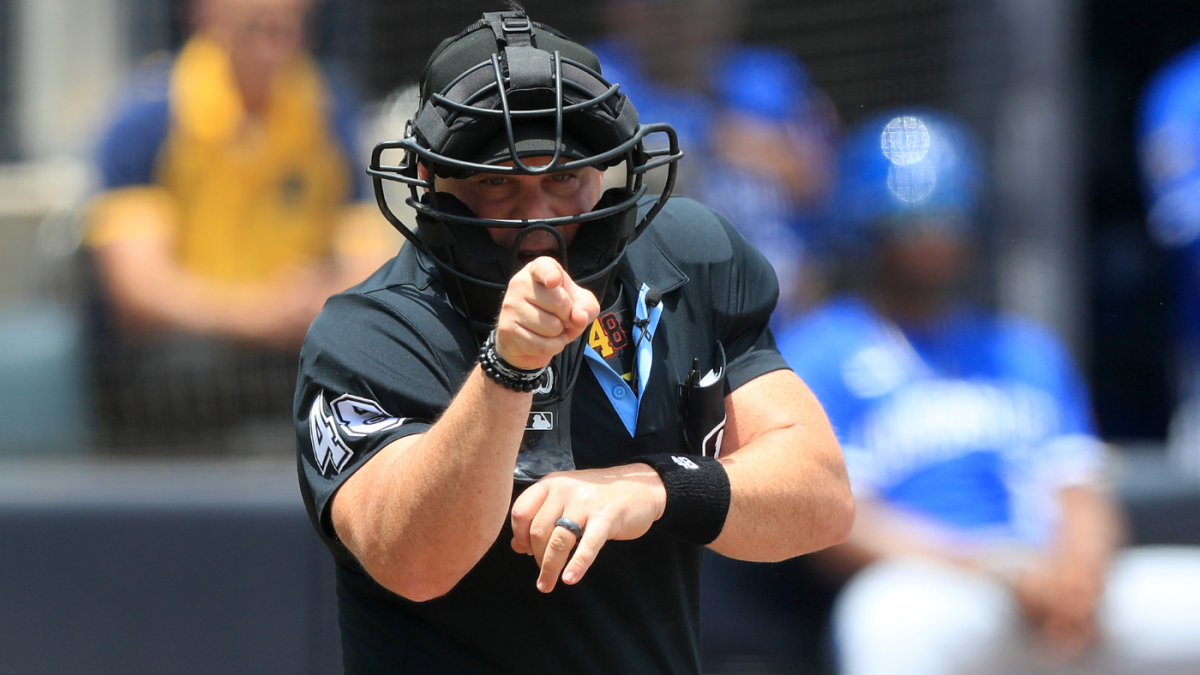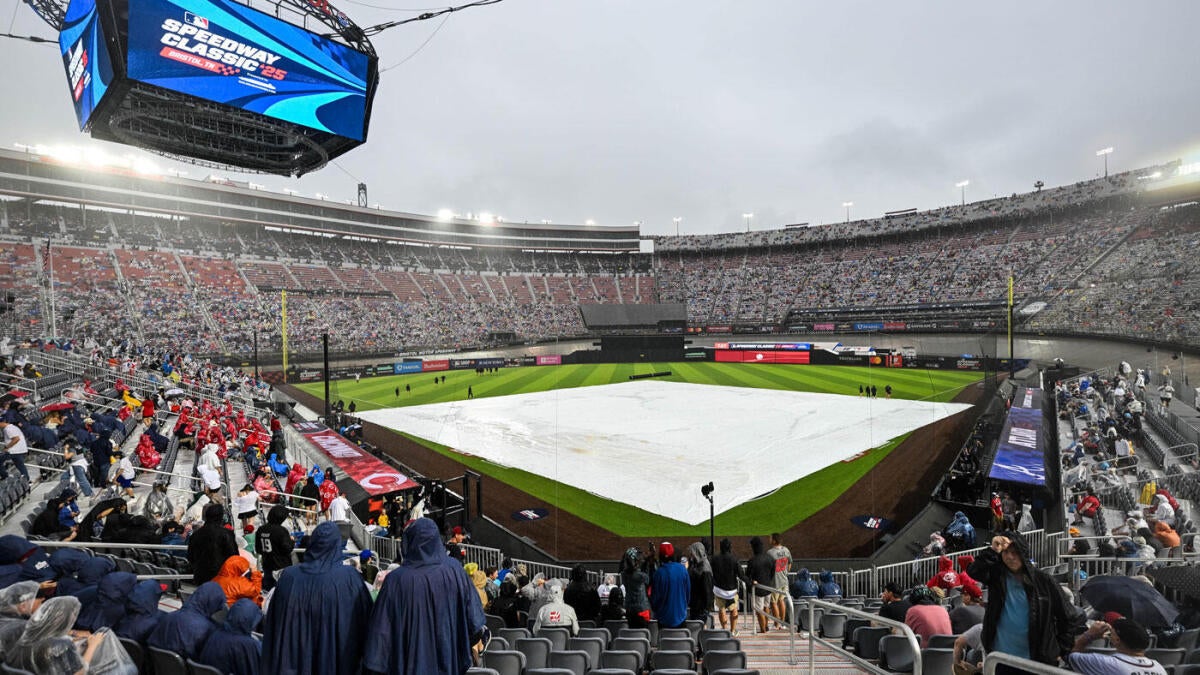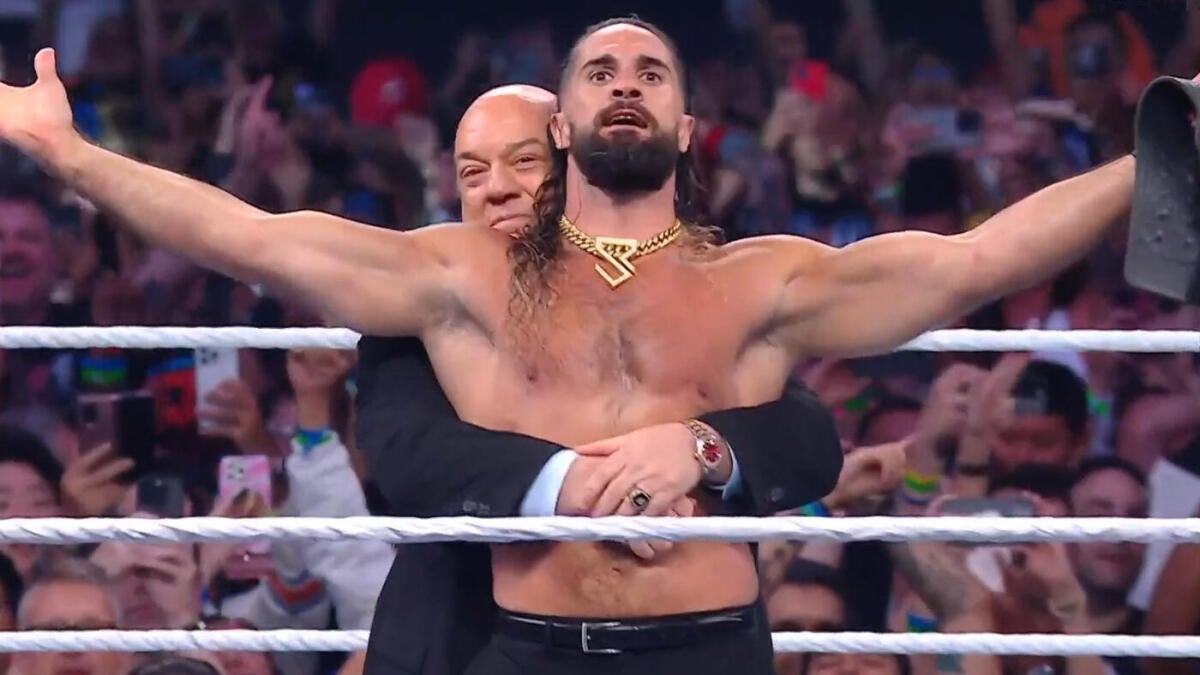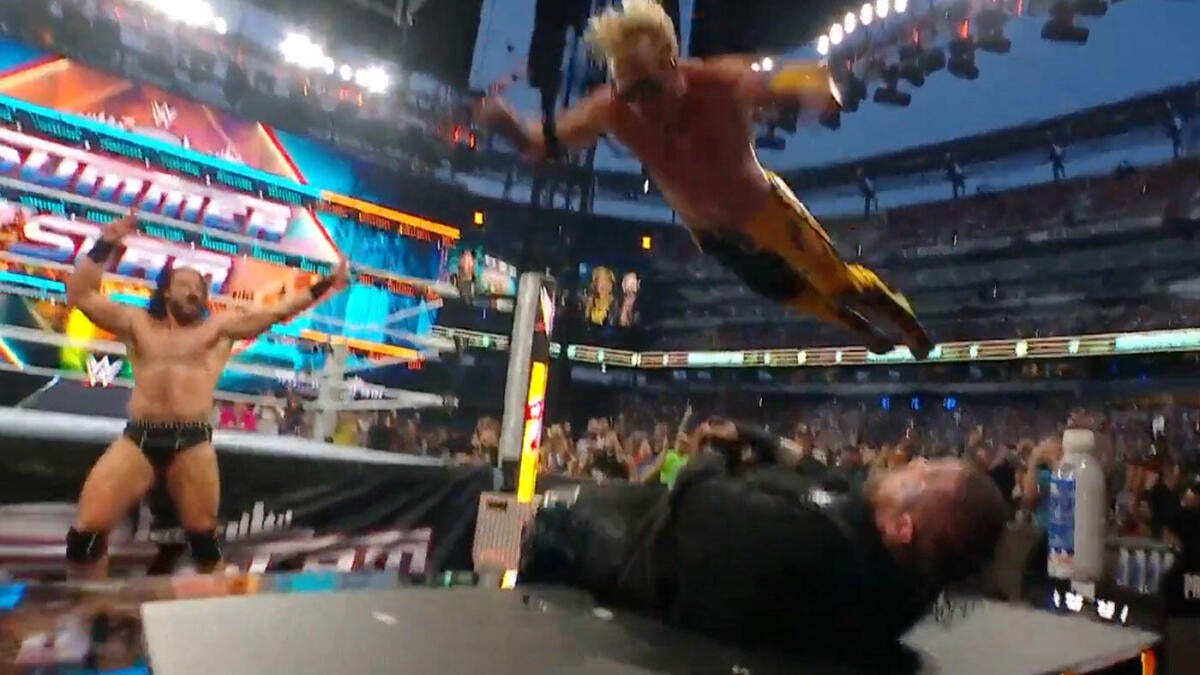“`markdown
The Shifting Strike Zone: How MLB’s Evolving Rules Are Reshaping the Game
Baseball has always been a game of inches, but nowhere is this more apparent than in the ever-debated strike zone. What was once a loosely defined area over home plate has become a focal point of technological advancement, player adaptation, and fan controversy. The recent tightening of the strike zone, driven by changes in umpire evaluation and the looming presence of automation, is altering the very fabric of Major League Baseball.
The Vanishing Margin for Error
Umpire Evaluations Under the Microscope
MLB’s latest labor agreement with umpires introduced a subtle but seismic shift: the buffer zone for called strikes shrank from 2 inches to just three-quarters of an inch. This adjustment, designed to improve consistency, has had unintended consequences. Pitches that once grazed the edge of the zone are now more likely to be called balls, forcing pitchers to attack the heart of the plate. Early 2025 data shows a noticeable drop in called strikes on borderline pitches, leaving players recalibrating their strategies mid-season.
A Domino Effect on Strategy
The narrower zone has turned low pitches—traditionally harder for batters to drive—into strikes more frequently. The result? Rising strikeout rates and dwindling walk totals. Batters, wary of falling behind in counts, are swinging at pitches they might have once taken. This defensive approach has led to fewer rallies and a decline in offensive output, sparking debates about whether the changes are making the game less dynamic.
The Rise of the Machines
Human Umpires: Progress Amid Imperfection
Umpiring accuracy has undeniably improved over the past decade. In 2016, umpires correctly called just 84% of pitches; by 2025, that figure climbed to 88.2%. Advanced tools like Statcast have provided real-time feedback, helping umpires refine their judgment. Yet even with progress, the gap between human and machine persists. For example, in 2-2 counts, the human-called strike zone spans 449 square inches compared to the automated system’s 443—a small but meaningful disparity.
The Automated Ball-Strike (ABS) Controversy
The ABS system, tested extensively in the minors, offers near-perfect precision. Advocates argue it would eliminate the “human element” that often leads to inconsistent calls. Critics, however, fear it could sterilize the game’s unpredictability—a core part of baseball’s charm. The numbers don’t lie: since 2008, erroneous called strikes outside the zone have dropped by 5.5%, while missed strikes in the zone fell by 14.3%. The question isn’t whether technology *can* take over, but whether fans and players *want* it to.
The Fork in the Road
Players and Fans: Divided Loyalties
Reactions to automation are polarized. Pitchers who rely on painting the corners crave consistency, while hitters resent losing the chance to “work” an umpire’s zone. Traditionalists mourn the potential loss of heated manager-umpire disputes, a storied part of baseball theatrics. Meanwhile, younger audiences, accustomed to video-game precision, wonder why the sport clings to outdated subjectivity.
A Hybrid Future?
MLB might not need to choose between humans and robots. A challenge system—where teams can contest a set number of calls per game—could strike a balance. This middle ground would preserve the umpire’s role while correcting egregious misses. The Atlantic League’s 2019 experiment saw success with such a model, suggesting compromise is possible.
Conclusion: The Inevitable March of Progress
Baseball’s strike zone is more than a geometric concept; it’s a living, evolving boundary shaped by technology, tradition, and tension. The current tightening reflects a broader push for fairness, but it’s also a stepping stone toward an automated future. Whether through full ABS integration or a challenge system, change is coming. The sport’s challenge isn’t resisting innovation—it’s ensuring that progress enhances, rather than erases, the drama that makes baseball timeless.
“`











